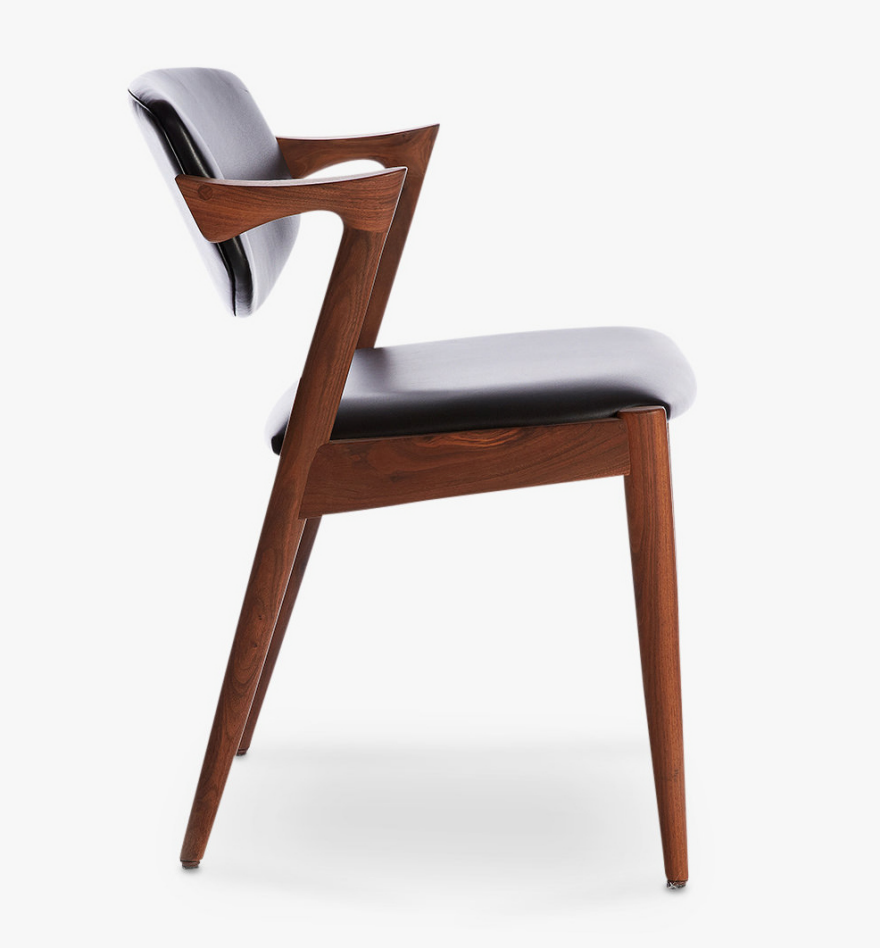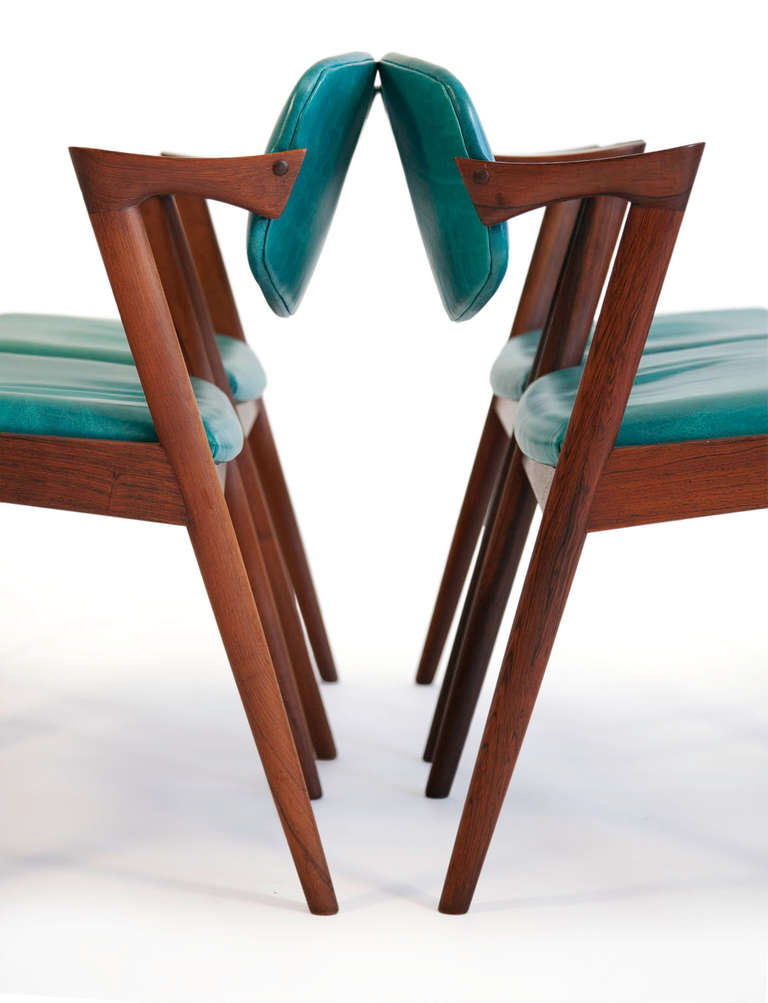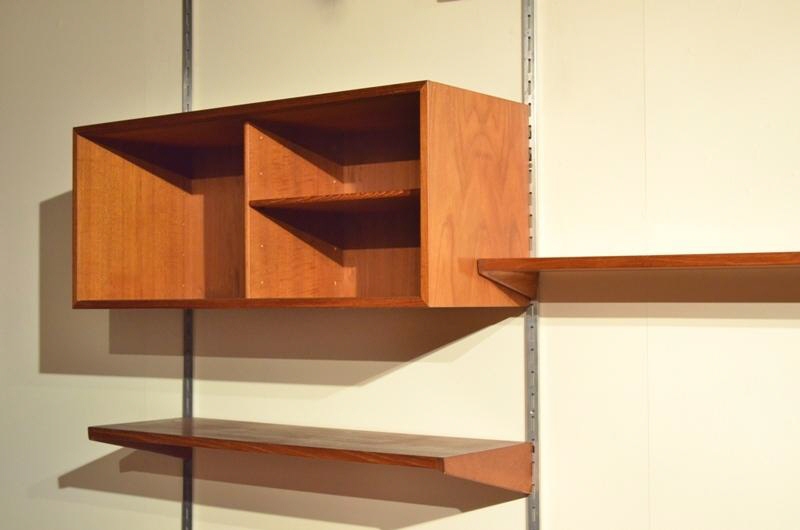After seeing the graphic below posted by Business Insider, folks on social media have misinterpreted it to mean that "Fashion Designer" is the most popular job in New York. It's not. It's the most disproportionately popular job in New York, meaning that fashion designers nationwide account for 1.4 out of every 10,000 jobs, but in New York it's 8.3 out of 10,000.

Anyways, the hell with fashion designers. We accessed the Bureau of Labor Statistics' 2016 figures to find out how many industrial designers are in each state, and who has the most. Here's what we found, and take it with a grain of salt--note that they list the profession as "Commercial and Industrial Designers."
Commercial & Industrial Designers, by State
Alabama - 240
Arizona - 180
Arkansas - 100
California - 3,880
Colorado - 420
Connecticut - 330
Florida - 770
Georgia - 640
Hawaii - 50
Idaho - N/A
Illinois - 1,450
Indiana - 700
Iowa - 400
Kansas - 170
Kentucky - 270
Louisiana - 350
Maine - 150
Maryland - 290
Massachusetts - 770
Michigan - 6,600
Minnesota - 640
Mississippi - 70
Missouri - 500
Montana - 40
Nebraska - 80
Nevada - 80
New Hampshire - 100
New Jersey - 1,050
New Mexico - 40
New York - 2,910
North Carolina - 800
North Dakota - 30
Ohio - 1,210
Oklahoma - 240
Oregon - 330
Pennsylvania - 880
Puerto Rico - 70
Rhode Island - 240
South Carolina - 710
South Dakota - 80
Tennessee - 440
Texas - 1,100
Utah - 300
Vermont - 150
Virginia - 410
Washington - 400
West Virginia - 120
Wisconsin - 790
Commercial & Industrial Designers, by Employment Figures
Michigan - 6,600
California - 3,880
New York - 2,910
Illinois - 1,450
Ohio - 1,210
Texas - 1,100
New Jersey - 1,050
Pennsylvania - 880
North Carolina - 800
Wisconsin - 790
Florida - 770
Massachusetts - 770
South Carolina - 710
Indiana - 700
Georgia - 640
Minnesota - 640
Missouri - 500
Tennessee - 440
Colorado - 420
Virginia - 410
Iowa - 400
Washington - 400
Louisiana - 350
Connecticut - 330
Oregon - 330
Utah - 300
Maryland - 290
Kentucky - 270
Alabama - 240
Oklahoma - 240
Rhode Island - 240
Arizona - 180
Kansas - 170
Maine - 150
Vermont - 150
West Virginia - 120
Arkansas - 100
New Hampshire - 100
Nebraska - 80
Nevada - 80
South Dakota - 80
Mississippi - 70
Puerto Rico - 70
Hawaii - 50
Montana - 40
New Mexico - 40
North Dakota - 30
Idaho - N/A
Commercial & Industrial Designers, by Mean Salary
Alabama - $69,340
Arizona - $69,690
Arkansas - $68,650
California - $74,780
Colorado - $74,390
Connecticut - $59,870
Florida - $62,600
Georgia - $66,000
Hawaii - $54,300
Idaho - $74,910
Illinois - $66,780
Indiana - $63,700
Iowa - $56,050
Kansas - $56,330
Kentucky - $59,600
Louisiana - $69,560
Maine - $59,870
Maryland - $63,200
Massachusetts - $84,100
Michigan - $78,300
Minnesota - $59,570
Mississippi - $68,790
Missouri - $55,950
Montana - $60,680
Nebraska - $70,990
Nevada - $78,590
New Hampshire - $69,240
New Jersey - $88,170
New Mexico - $52,480
New York - $69,630
North Carolina - $75,810
North Dakota - $44,030
Ohio - $64,440
Oklahoma - $54,710
Oregon - $62,150
Pennsylvania - $66,680
Puerto Rico - $34,680
Rhode Island - $68,960
South Carolina - $80,240
South Dakota - $42,830
Tennessee - $51,120
Texas - $74,840
Utah - $57,320
Vermont - $61,060
Virginia - $53,100
Washington - $75,910
West Virginia - $66,860
Wisconsin - $59,910
The Bureau of Labor Statistics provides a very general breakdown; the figures above do not include architects, UI/UX designers, CAD jockeys, et cetera.
For a much more detailed breakdown, check out our Coroflot Design Salary Guide. It's loaded up with helpful infographics and statistics for specific design fields, includes both salaried workers and freelancers, and provides a more accurate overall picture.



































































































































